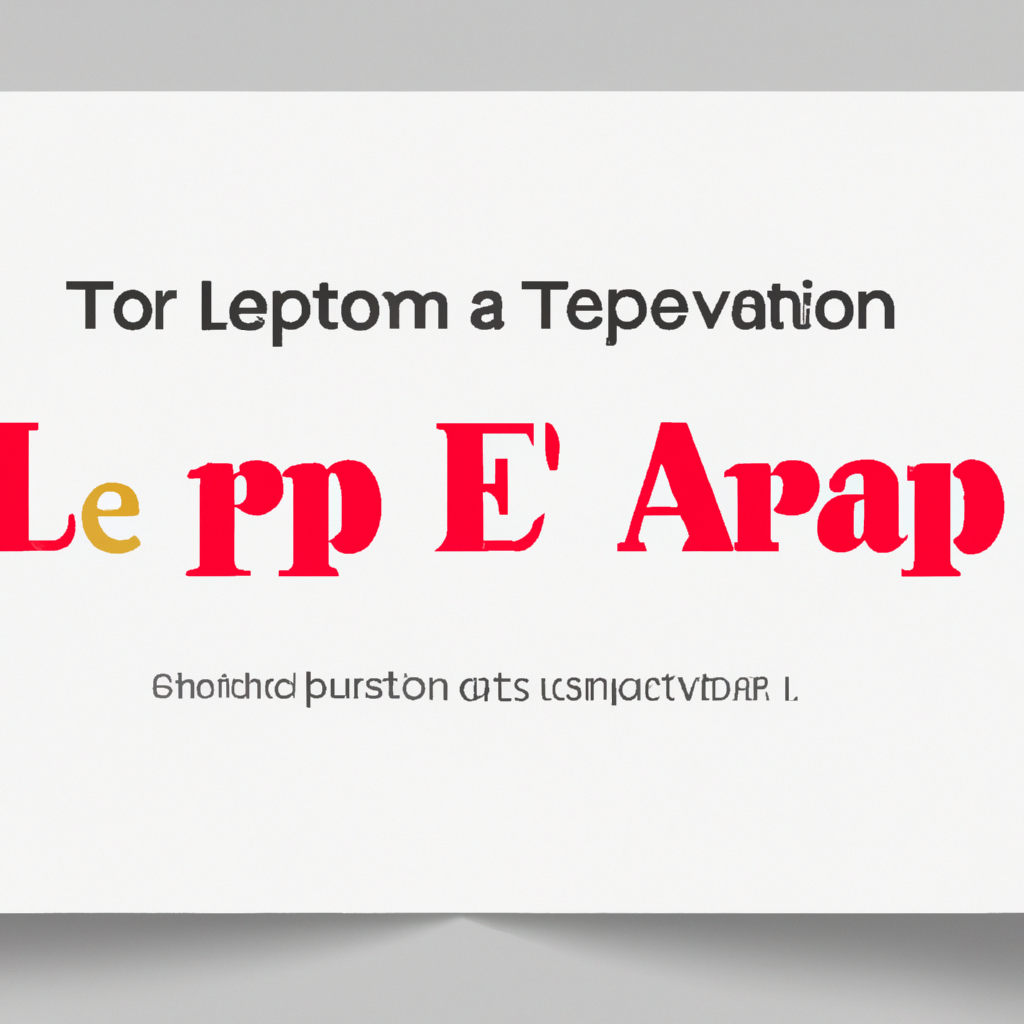Learn Typography Basics Step by Step: A Comprehensive Guide
Understanding the fundamentals of typography is essential for anyone interested in design, whether you’re creating a website, a printed brochure, or digital content. Typography is more than just choosing a font; it’s the art and technique of arranging type to make written language legible, readable, and visually appealing. In this step-by-step guide, you’ll learn typography basics and explore key concepts that will help you create stunning, effective designs.
What is Typography?
Typography refers to the style, arrangement, and appearance of text. It encompasses everything from font selection to line spacing, alignment, and the overall harmony of the written word on a page or screen. Typography plays a vital role in visual communication, enhancing both the aesthetic and functional qualities of design. Whether you’re a beginner or looking to improve your skills, understanding the basics of typography is the first step toward mastering design principles.
Why is Typography Important?
- Enhances Readability: Good typography ensures that your message is easy to read and understand.
- Establishes Hierarchy: The use of different font sizes and weights can guide the reader’s attention.
- Creates Mood and Tone: Fonts and spacing choices influence the emotional response of the audience.
- Strengthens Brand Identity: Consistent typography builds brand recognition and trust.
Step 1: Understand Font Families and Styles
The first step to learn typography basics is to familiarize yourself with font families and typefaces. There are several main categories:
- Serif: Fonts with small lines at the end of characters (e.g., Times New Roman). They convey tradition and reliability.
- Sans-serif: Clean, modern fonts without decorative strokes (e.g., Arial, Helvetica). They are easy to read on screens.
- Script: Resemble handwritten or calligraphic text. They add elegance but should be used sparingly.
- Display/Decorative: Unique fonts for headlines or special uses. Not recommended for body text.
Step 2: Master Font Pairing
Combining fonts thoughtfully is a crucial part of good typography design. Font pairing involves selecting two or more fonts that work harmoniously together. Here’s how you can do it:
- Contrast: Pair a serif with a sans-serif for visual interest.
- Limit Choices: Use no more than two to three fonts in a single design for consistency.
- Hierarchy: Use different weights and sizes to distinguish headings from body text.
- Context: Consider your audience and the purpose of your design.
Practicing font pairing will help you learn typography basics step by step and elevate your designs.
Step 3: Explore Typography Layout and Alignment
The arrangement of text on the page, or typographic layout, is critical for readability and balance. Here are some layout principles:
- Alignment: Left-aligned text is easiest to read for most people. Center and right alignments are best for headings or special emphasis.
- Hierarchy: Use sizes, weights, and spacing to direct the reader’s eye from the most important to the least important information.
- White Space: Allow breathing room around your text to prevent clutter and improve focus.
Step 4: Adjust Spacing — Kerning, Leading, and Tracking
Proper spacing between letters, lines, and paragraphs is essential for legibility:
- Kerning:
- The space between individual letters. Adjusting kerning can fix awkward letter combinations.
- Leading:
- The vertical space between lines of text. More leading makes text easier to read, especially in longer passages.
- Tracking:
- The overall spacing between characters in a block of text. Use tracking to create airy or compact text blocks.
Step 5: Use Color and Contrast Wisely
Color and contrast are powerful tools in typography. Ensure that your text stands out from the background and is easy to read. High contrast (e.g., black text on white) is best for readability, while colored text can be used for emphasis or branding. Always check your designs for accessibility to ensure everyone can read your content.
Step 6: Consistency and Branding
Maintaining consistency in your typography choices strengthens your brand and provides a better user experience. Create a typography style guide that details which fonts, sizes, and colors to use for headings, subheadings, and body text. This ensures a professional and cohesive appearance across all your materials.
Common Typography Mistakes to Avoid
- Using too many fonts in one design
- Choosing hard-to-read typefaces for body text
- Ignoring line spacing and alignment
- Using poor color contrast
- Not checking for mobile readability
Typography in Digital vs. Print Design
Typography principles remain the same across different media, but there are unique considerations for each:
- Digital: Prioritize legibility on screens, use web-safe fonts, and consider responsive design for different devices.
- Print: You have more control over fonts and layout, but must consider how ink and paper affect readability.
Practical Tips to Learn Typography Basics Step by Step
- Study well-designed websites, books, and advertisements for inspiration.
- Experiment with font pairing and layout in design software.
- Practice creating style guides for your projects.
- Solicit feedback from other designers or your audience.
- Stay updated on typography trends, but always prioritize readability.
Conclusion: Start Your Typography Journey Today
As you learn typography basics step by step, remember that effective design is a balance of creativity and usability. Mastering the essentials—font selection, layout, spacing, and consistency—will set you on the path to creating beautiful, impactful work. Keep practicing, seek inspiration, and enjoy the process of developing your unique typographic style!
